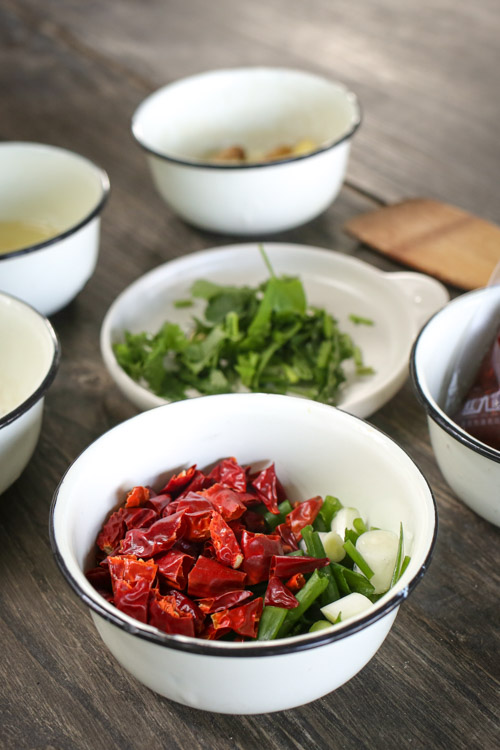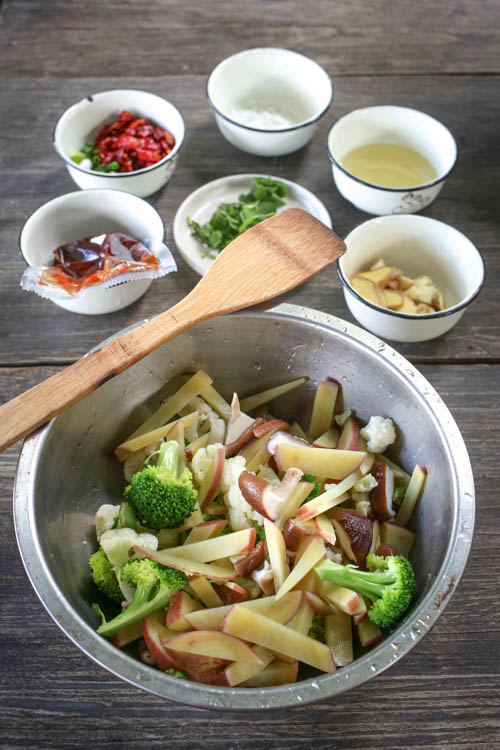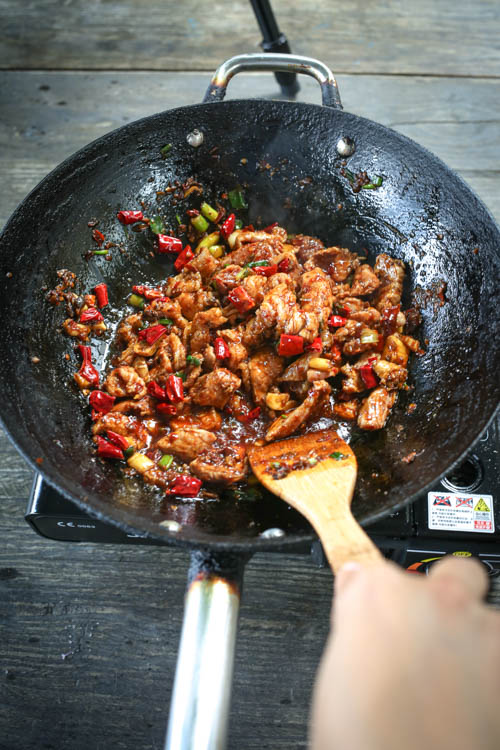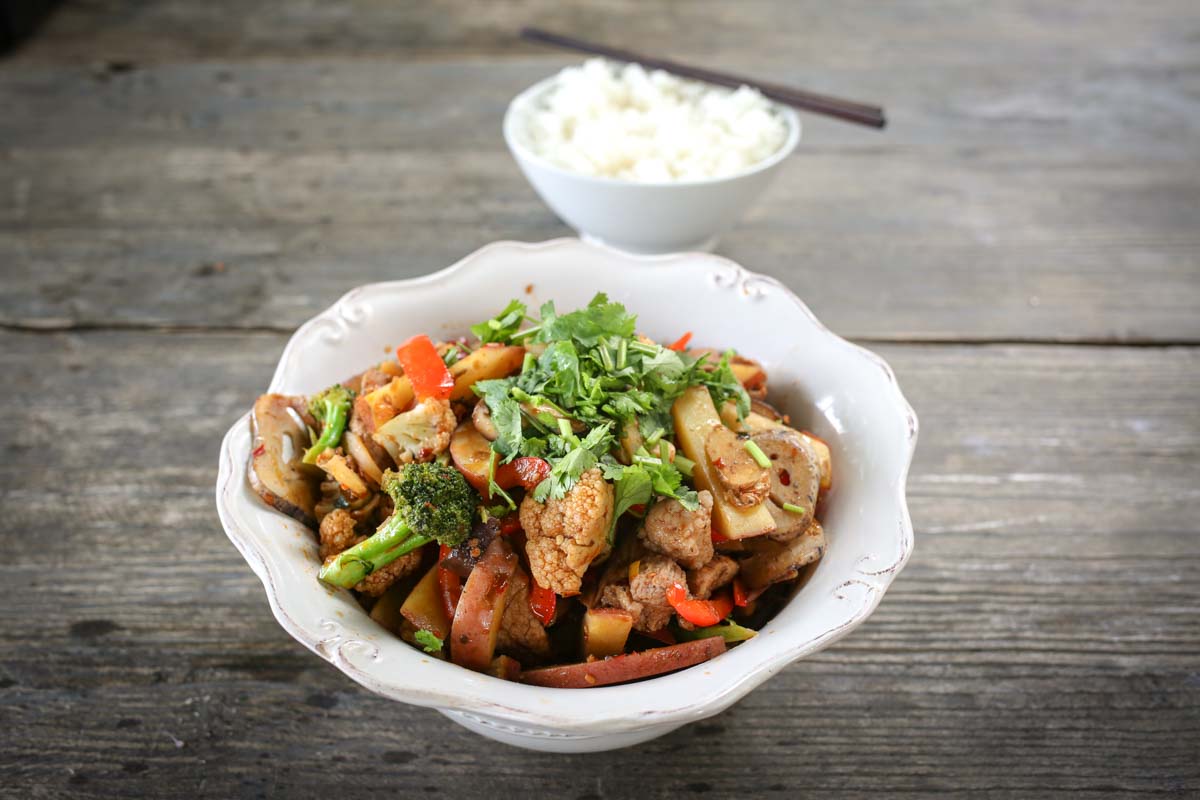Perfect for Curious Eaters and Adventurers (and they never expire)!





Pin it
Share it
Ma la xiang guo is a type of dry pot that originated from Sichuan in recent years, and it has become a trendy dish almost everywhere in China. Think of a heap of your favorite veggies and meats in a Sichuan-style sauce that’s sweet, sour, spicy, savory, and a couple pounds heavy. It puts basic broccoli and beef to shame. Dry pot is a young off-shoot from its famous grand cousin, hot pot, which enjoys international popularity and a millennia-old history. Hot pot is a social experience; a pot on a burner is filled with soup, and raw ingredients are cooked communally by those sitting around it. Over time, the soup reaches new complexities from the ingredients cooked in it and creates a flavor that can never quite be replicated again because every session is unique.
Every region of China claims to be hot pot’s hometown, and archeological evidence of old pots claimed to be the earliest ever hot pot is conjecture at best. Written records demonstrate its popularity across all classes and regions. Even the oldest written records of hot pot already describe it as a foregone conclusion within the heart of China’s culinary and social traditions. Dry pot springs from this very tradition, but it’s the next evolutionary hack; if you don’t have time to make a soup base, or you wanna skip ahead to where the flavors are amazing; it’s dry pot.
Essentially, dry pot is hot pot without the soup and the time investment. Similarly, you use whatever vegetables you want, and whatever meats you want, so both are great for clearing out the fridge. With dry pot, everything is cooked up together at once, so that you get all the borrowed flavors from the menagerie of ingredients from the get-go. It’s also a social experience, everyone sits around and shares the spoils, and it’s served with rice or noodles and dipping sauces.
Recipe Note:
The recipe below is more of a recommendation based on what’s popular in Sichuan palettes for local dry pot. Feel free to amend or switch up the vegetables as you like; just note that the recipe calls for hardier ingredients, like potatoes or spare ribs, to be pre-cooked so that the dry pot elements all finish cooking together at the same time.
The one stipulation? You can only use as many ingredients as you can fit in your largest wok or pan (or pot if you’re desperate, but be careful – the tall edges may steam the food when you’re going for a nice fry here). Be sure to invite people and set a big table, it’s not truly dry pot unless you spend a couple of hours eating, drinking (beer, rice wine, or both), and shooting the breeze with your favorite humans. Tradition demands it.
Ingredients
1 bell pepper, sliced
1 large potato, sliced
1 small stalk of broccoli, in bite-sized pieces, about 3.5oz or 100g
1 small stalk of cauliflower, in bite-sized pieces, about 3.5oz or 100g
8 shiitake mushrooms
10 sliced lotus root pieces (if you can find them, highly recommended)
14oz or 400g of your favorite meat, we recommend pork or beef, thick sliced. (remove if vegetarian, and double up on veggies or substitute with firm tofu)
1/3 cup or 80ml vegetable oil (we always use canola oil, but peanut oil also works very well. Not olive oil or sesame oil as these burn quickly.)
1 half to the whole packet of hot pot soup base sauce(火锅底料) (adjust to your spice level)
3 thin slices ginger, about 1cm knob
4 cloves garlic, smashed
1/2 cup dried red chili peppers (keep them whole to avoid the dish being too hot, adjust to your spice level. Whole chilis add color, flavor, and fragrance to the dish)
2 green onions, chopped
1 ½ Tbsp cooking wine
½ Tbsp sugar
Salt to taste
A handful of chopped cilantro
Directions
Watch